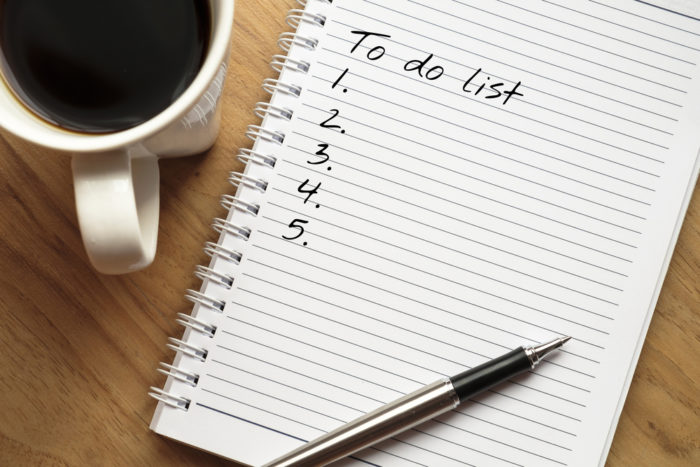BY CARRIE GAVIT
To-do lists keep me on track. When I sit down to make one, I’m able to sort out my life, make the most of my days and help settle any anxieties or stress I’m feeling about what I need to get done in order to enjoy life more. I feel even more relief as I cross an item off one of my daily, weekly or monthly to-do lists as I complete the task. This process can get a little messy and out of hand without an organizer so, every once in awhile, I attempt to find a planner that meets my needs. But, planners can get pricey and are difficult to customize to fit your personal style and taste. If you don’t like it, you won’t use it, and you’ll be back to making to-do lists on whatever scrap piece of paper you can find.
When I heard about bullet journaling, I decided to give it a try because it allowed me the option to adapt my random to-do lists into a customizable planner that I could make on my own. Bullet journaling, created by Ryder Carroll, is a way to “track the past, organize the present and plan for the future” according to Carroll. You can purchase a ready-to-go journal from the site or watch the video on how to make your own to get started. The journal consists of an index to track the pages in the journal, a future log with each month of the year, a monthly log with a calendar and monthly task list and a daily log.
What turned out to be most helpful for me when using a bullet journal was the categories and signifiers that are added to each log. They allow for you to productively organize and reconsider what items you can realistically get done even after you have already made the list. You can check back in with yourself to make sure you’re not adding too much stress or placing unrealistic expectations on yourself. For example, Carroll advises you separate the items in your log by three categories: a task receives a dot bullet, an event gets a circle bullet and a note is accompanied by a dash bullet. If one of the items strikes you as more important than others, go ahead and add a star at any point. Place an ‘x’ by the ones you’ve completed to give yourself some reassurance that you are making a dent in your lists. Consider weeding out some of the items that are unnecessary stressors by striking through them. If you think something can be pushed to the next month, place a right arrow by it and remember to add it to your upcoming monthly log. If you’ve realized it can wait for a few months or longer but you just need a little reminder that it exists, place a left arrow by it.
While it might seem like just another method to organize your life, bullet journaling encouraged me to do more than just that. I was forced to find fulfillment and satisfaction out of more than crossing an item off a to-do list. Whether you create too many to-do lists or hate the idea of them altogether, bullet journaling might help you narrow down on tasks or events that are contributing to further anxiety, stress or discomfort in your life rather than helping you make the most of each moment. For those who might not be interested in the standard bullet journal method, check out the blog for advice, suggestions and input for customizing additional categories or themes in your bullet journal to fit your own life.
About the Author
Carrie Gavit is a recent grad of the University of Texas at Austin. She received her MA in Women’s and Gender Studies and studied the U.S. slaughterhouse industry. Follow her @CarrieGavit.
To-do list photo via Shutterstock.




